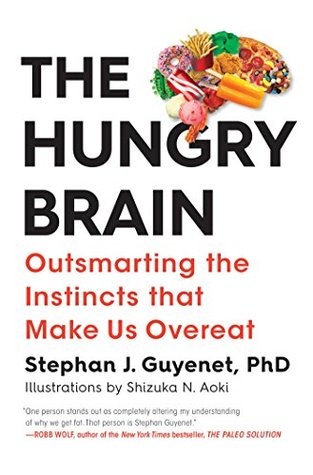Sensory-specific satiety also helps explain why we’re happy to eat dessert even after a large meal. We’re no longer hungry for savory food at all, yet when the dessert menu appears, we suddenly grow a “second stomach.” We’re satiated of savory foods, but we aren’t satiated of sweets. A novel sensory stimulus with an extremely high reward value makes it easy to pack away an additional 200 Calories of dessert. So it makes sense that the converse is also true, as we saw with the potato diet: When food reward and variety decrease, so does food intake.
Welcome back. Just a moment while we sign you in to your Goodreads account.


